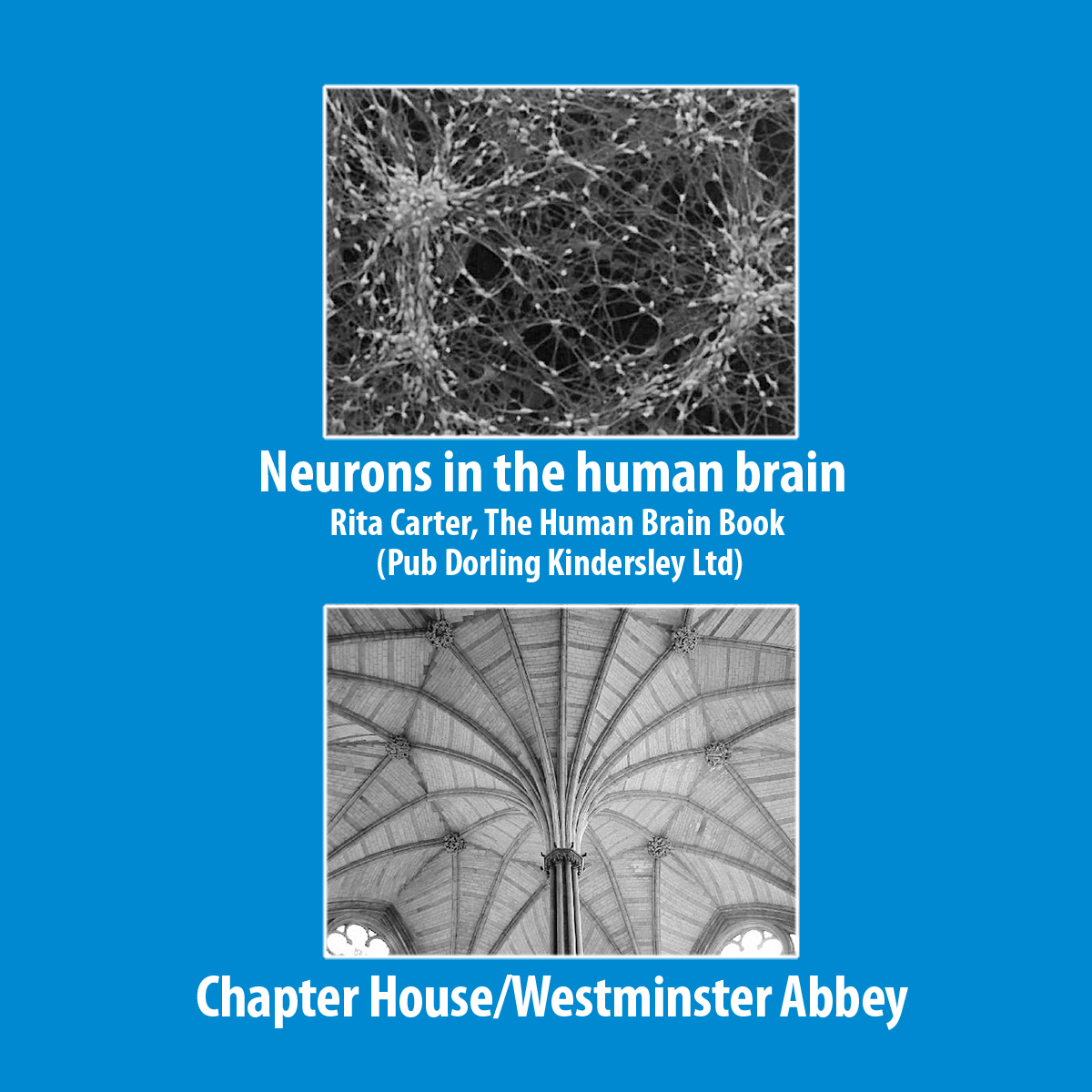Intersection: Architecture & Neuroscience
As students, we travel from one class to the next—one for science, one for math, one for art, and so on. Ultimately, though, it’s the integration of this learning that inspires new ideas and new ways of thinking—an integration happening right now between architecture and neuroscience.
Every new discovery has ripples, as different professions consider the applications of a new discovery. For example, neuroscience researchers taught the world about neurogenesis—the brain’s ability to form new neurons and reorganize synaptic connections from exposure to enriched environments throughout a person’s lifetime.
For architects, what we long suspected about the built environment’s ability to influence our emotions, learning and healing suddenly gained scientific foundation.
How we got here
Not long ago, neuroscientists and architects began reaching out to one another, first through the efforts of architect John Paul Eberhard, FAIA, who was tasked by the American Institute of Architects (AIA) to tackle a call to action from medical researcher Jonas Salk. Salk believed that architects should have a better understanding of human experience with architectural settings.
Eberhard’s effort, in collaboration with the San Diego Chapter of AIA and many neuroscientists, culminated in founding the Academy of Neuroscience for Architecture (ANFA), where research is tracked and monitored to understand the influences of the built environment on the human brain. ANFA’s bi-annual conference, held in San Diego, attracts professionals in both fields from around the globe.
Though still limited, relevant neuroscience research has already transformed design standards for neonatal facilities in hospitals. For example, learning that the parts of our brain that control vision and hearing are among the last to develop in the gestation process inspired architects and medical researchers to collaborate to control light and sound levels in neonatal units for premature babies.
Navigating a sea change
Before relevant neuroscience research started to explode, the last sea change for architecture began with an awareness about how building design and construction affect our planet. From that awareness came sustainable design, LEED standards, building code changes and zero net energy strategies.
Soon, the sustainable design philosophy grew to include wellness and an awareness that buildings should make us feel good and promote health and productivity. From there, the design and building profession embraced stewardship of all resources, drawing social, environmental and economic justice into the mix of philosophical intersections.
Simply put, industry professionals started to profess that responsible improvements in architectural and building strategies should care for all people equally as well as for our planet.
As connections between neuroscience and architecture blossom, a new set of intersections is forming, promising another sea change.
Now, architects can draw from established learning and emerging neuroscience research.
Where to go from here
Neuroscience research is in its infancy. Just as a foundation must be laid before a building can be constructed, we still have much to learn about how human brains experience architectural settings and how we can design to optimize that potential.
But, goodness, what an exciting time to be an architect!





